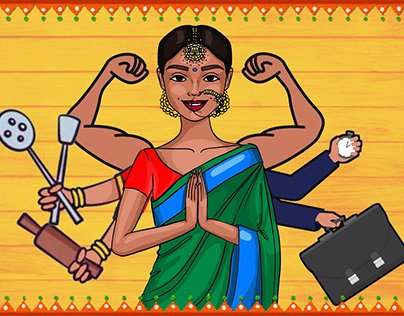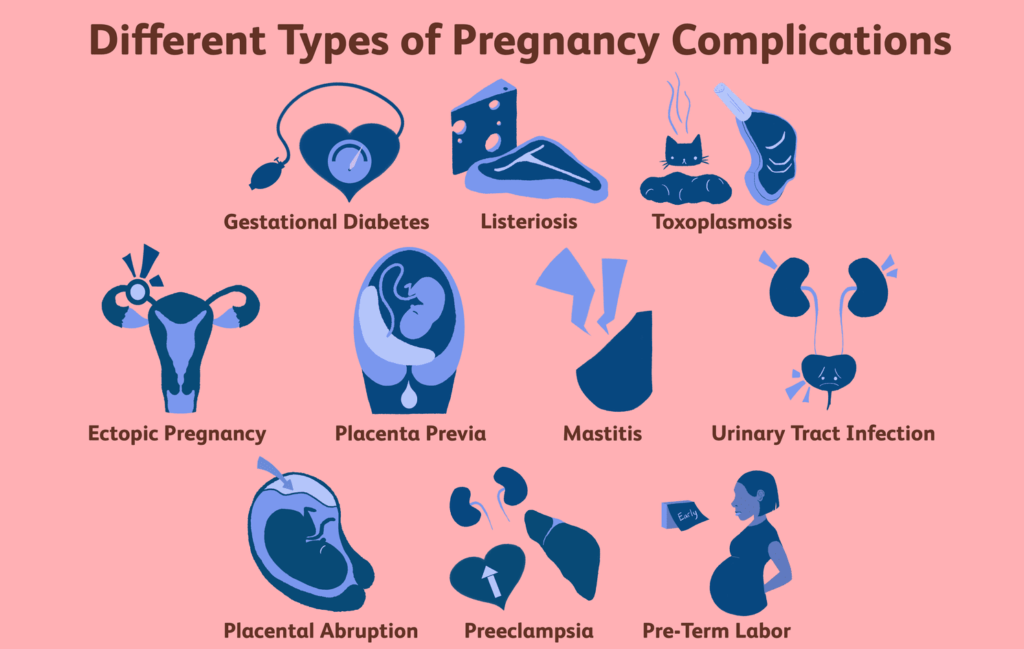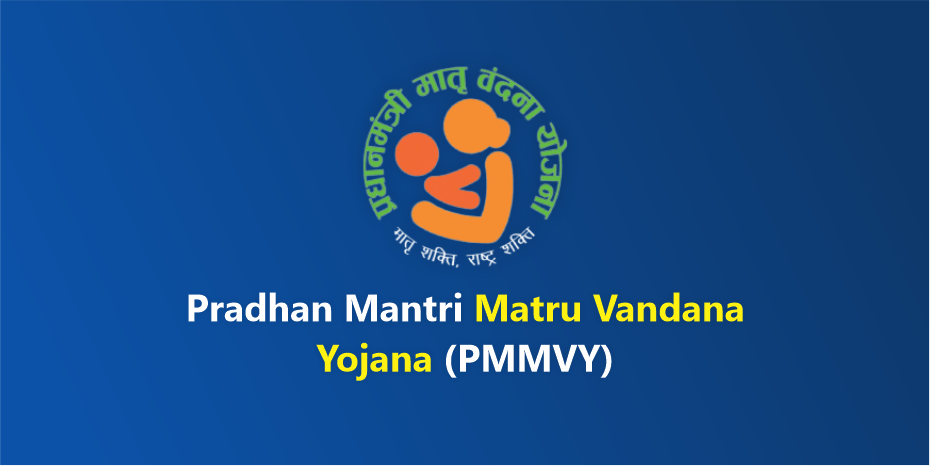
We will all celebrate Mother’s Day on May 14, 2023. This day is observed to honour our mothers and to pay tribute to their unending sacrifice and energy. They had to give up their identities for the sake of their families. Today we’ll talk about mothers.
HISTORY
If we go back in time, we can say that this day began in 1914.
Mother’s Day was established by a resolution passed by the United States Congress in 1914. Since then, the holiday has been observed in many countries around the world on an annual basis. Childrens celebrate this day with gifts, cards, and special activities to honour and thank mothers.
FACTS ABOUT MOTHERS

Here are some interesting facts about mothers:
Motherhood is the world’s most common occupation.
According to studies, the mother-child bond is one of the strongest emotional bonds in human nature.
Mothers are better at multitasking and handling multiple responsibilities at once.
Mothers are revered as symbols of unconditional love, selflessness, and sacrifice in many cultures around the world.
When women become mothers, their brains undergo changes that allow them to become more sensitive to their babies’ needs and emotions.
A first-time mother in the United States is 26 years old on average.
Mothers influenced many famous historical figures, including George Washington, Abraham Lincoln, and Winston Churchill.
Mother’s Day is observed in over 40 countries worldwide, though the dates and traditions vary greatly.
A survey found that more than half of working mothers feel guilty about not spending enough time with their children.
Tia, a Neapolitan Mastiff who gave birth to 24 puppies in 2004, was the mother of the largest litter of puppies ever recorded.
SACRIFICE OF MOTHERS

During pregnancy, women may face a number of physical and emotional challenges, including:
- Morning sickness: During the first trimester of pregnancy, many women experience nausea and vomiting. It makes difficult to eat or carry out daily activities.
- Fatigue: During pregnancy, hormonal changes can cause fatigue and exhaustion, making it difficult to get through the day.
- Back pain: As the baby grows and the uterus expands, many women experience back pain. It can be particularly challenging in the later stages of pregnancy.
- Gestational diabetes: High blood sugar levels in pregnant women can increase the risk of complications for both the mother and the baby.
- High blood pressure: Pregnancy increases the risk of high blood pressure, which can lead to pre-eclampsia, a dangerous condition.
- Premature labour: Some women may have contractions and other signs of labour before their due date, which can result in a premature birth.
- Emotional stress: Pregnancy is a stressful time for many women, and many of them may experience anxiety or depression.
- Sleep disturbances: Many pregnant women experience sleep disturbances such as insomnia or restless leg syndrome.
It is critical for pregnant women to receive regular prenatal care from a healthcare provider in order to be monitored for these and other potential issues, as well as to receive appropriate treatment if necessary.
GOVT. POLICIES FOR MOTHERS

The Indian government has implemented a number of policies and initiatives to assist mothers and improve maternal and child health. Here are a couple of examples:
- Janani Suraksha Yojana: Launched in 2005, this is a safe motherhood intervention scheme. Its goal is to encourage pregnant women to have institutional deliveries and to provide them with financial assistance for delivery and postnatal care.
- Pradhan Mantri Matru Vandana Yojana : This is a maternity benefit programme that gives pregnant and lactating women cash incentives for their first live birth. The scheme aims to compensate the mother for her wage loss during pregnancy and lactation.
- Integrated Child Development Services: This is the Government of India’s flagship programme that aims to improve the health and nutritional status of children and pregnant women. The programme offers a variety of services, including health screenings, nutrition counselling, and preschool education.
- National Health Mission: This is a national initiative that aims to provide all citizens, including mothers and children, with accessible, affordable, and high-quality healthcare. The programme focuses on strengthening healthcare infrastructure, improving care quality, and encouraging community involvement in healthcare delivery.
- Beti Bachao Beti Padhao: This is a national campaign launched in 2015 to address the issue of declining sex ratios and promote girl child education. The campaign’s goal is to raise awareness about the value of girls’ education and empowerment, as well as to prevent female foeticide and infanticide.
TECHNOLOGIES TO BECOME MOTHER
The World Health Organization(WHO) estimates that there were 287 000 maternal deaths worldwide in 2020. This is a slight decrease from 309 000 in 2016, when the United Nations’ Sustainable Development Goals (SDGs) went into effect.
To address this issue, several technologies are available to help women who are trying to conceive or who want to have a child.
Here are a couple of examples:
- Fertility tracking apps: These smartphone apps assist women in tracking their menstrual cycles, ovulation dates, and other fertility-related factors. They can provide helpful advice on the best time to try to conceive.
- Fertility treatments, such as IVF, IUI, and other assisted reproductive technologies (ARTs), can assist women who are having difficulty conceiving naturally.
- Genetic testing: Some couples may choose to have genetic testing to screen for inherited conditions. It may affect the health of their future child. It includes Carrier screening, preimplantation genetic testing (PGT), and other tests.
- Egg freezing: For personal or medical reasons, women who want to postpone pregnancy may choose to freeze their eggs for later use.
- Surrogacy: Surrogacy is an option for women who are unable to carry a child to term. A gestational carrier is used to carry the pregnancy using the intended parents’ sperm and/or egg.
Overall, these and other technologies can offer women a variety of options for achieving their motherhood goals, regardless of their personal circumstances.
“EVERY DAY IS A SPECIAL DAY WITH MOTHERS“
